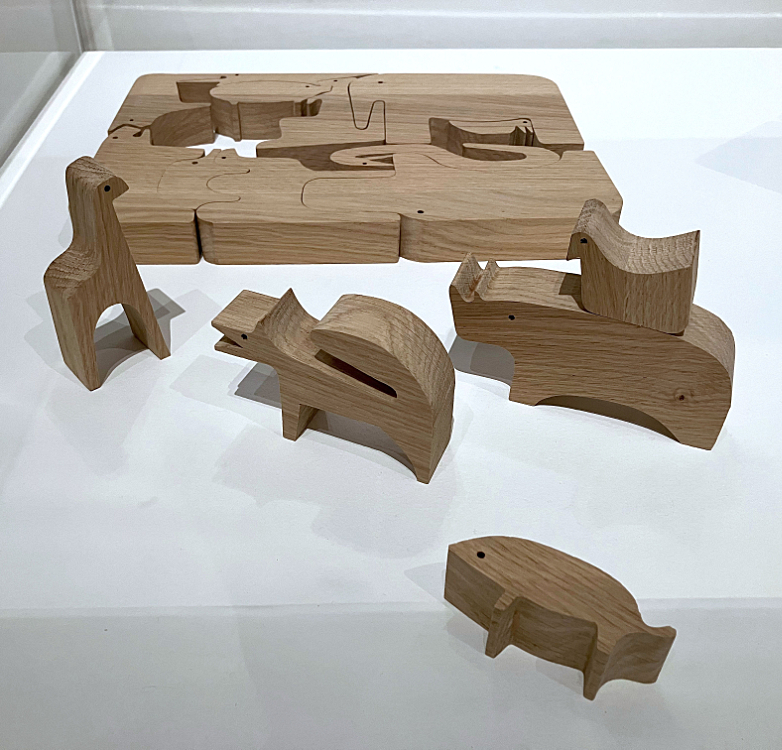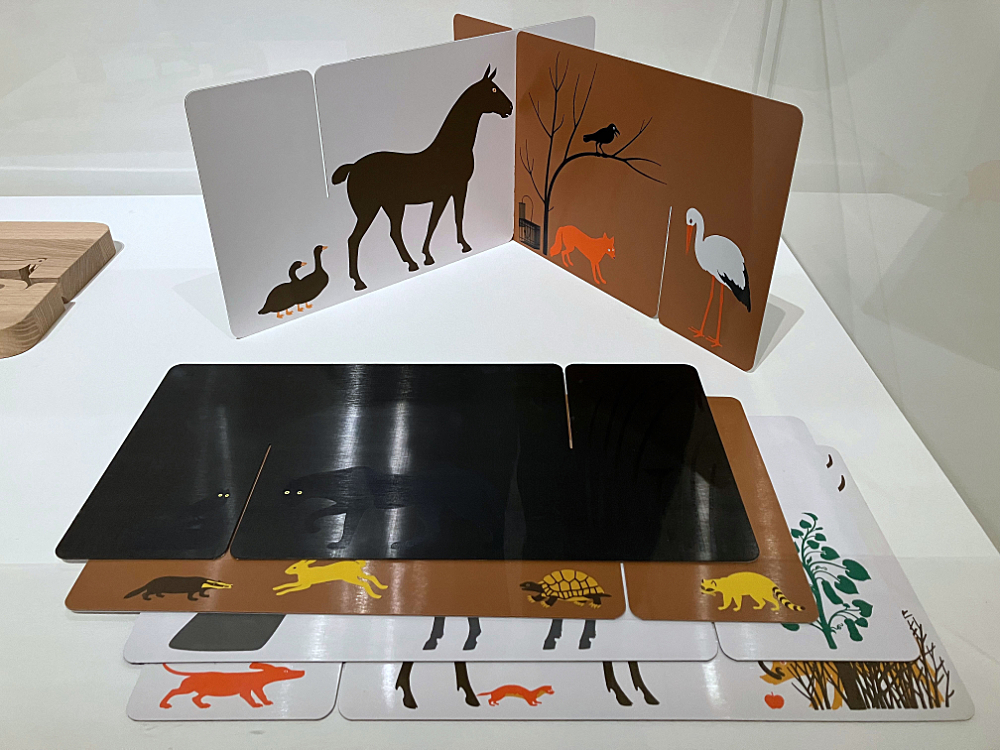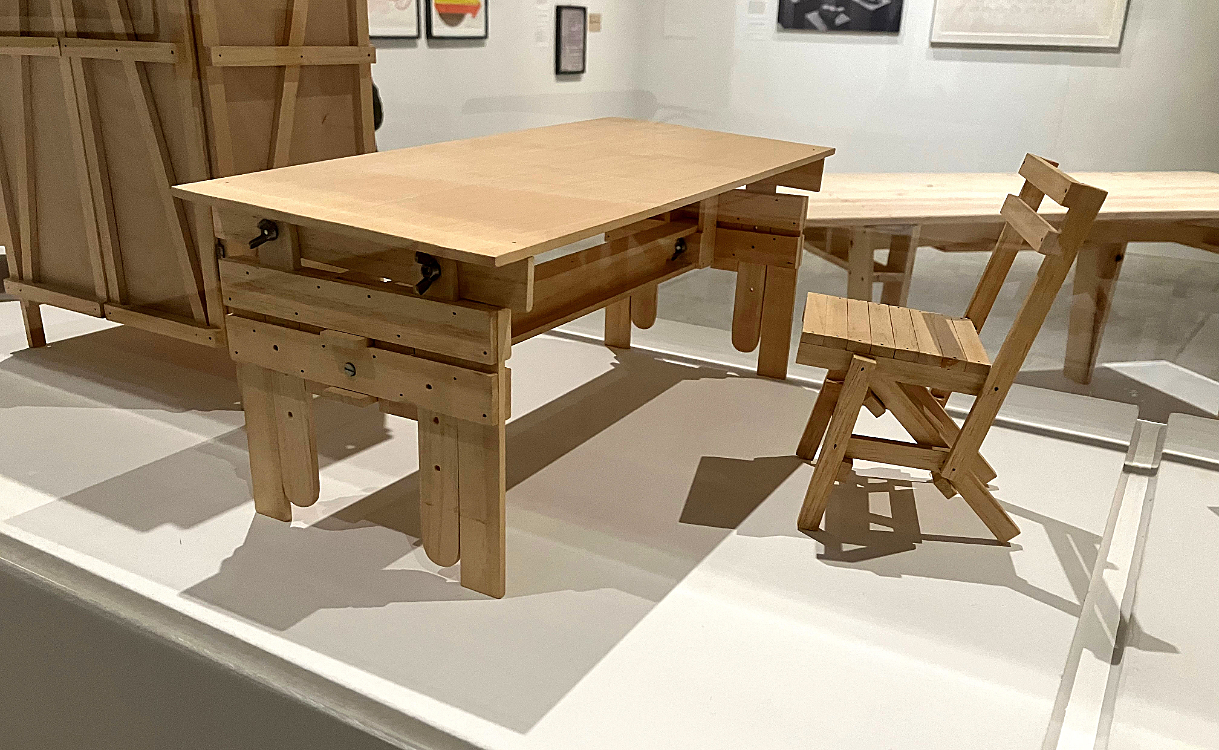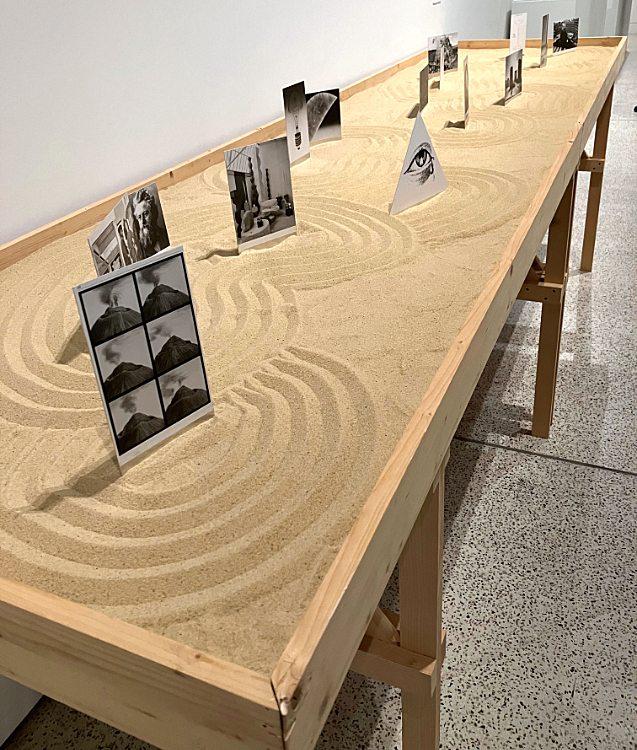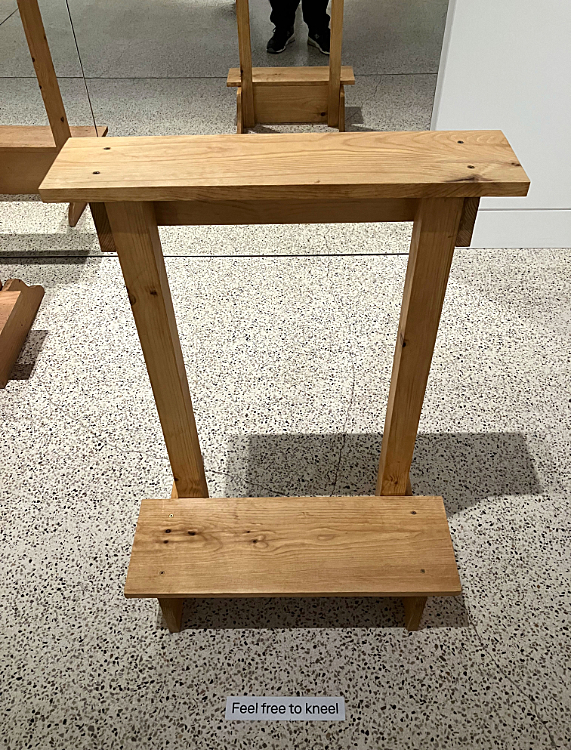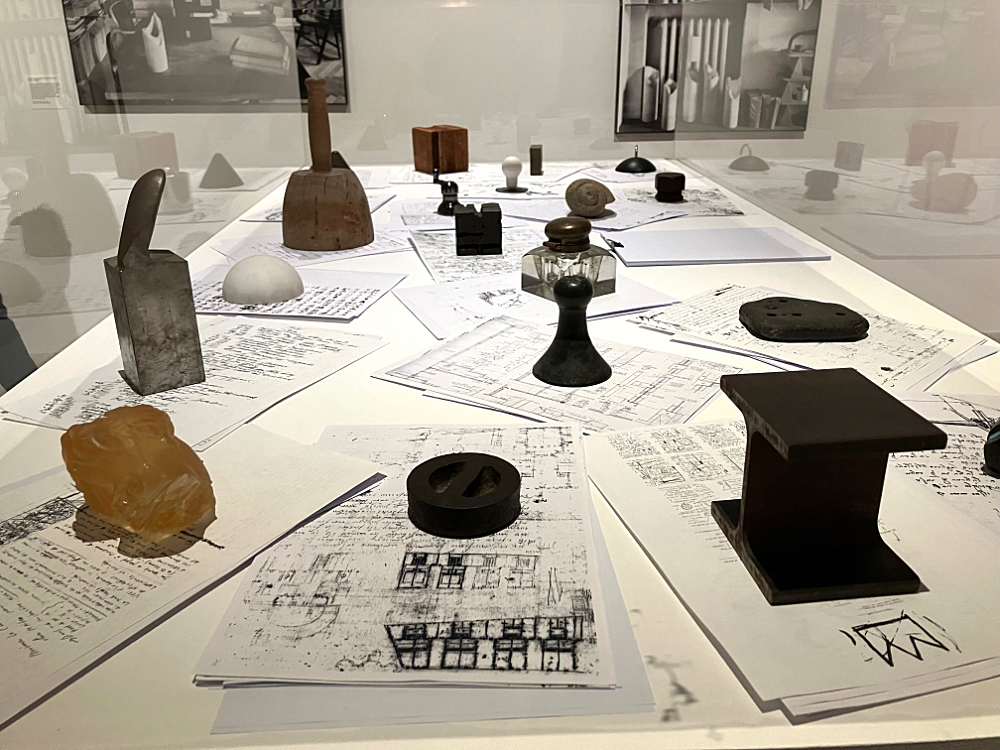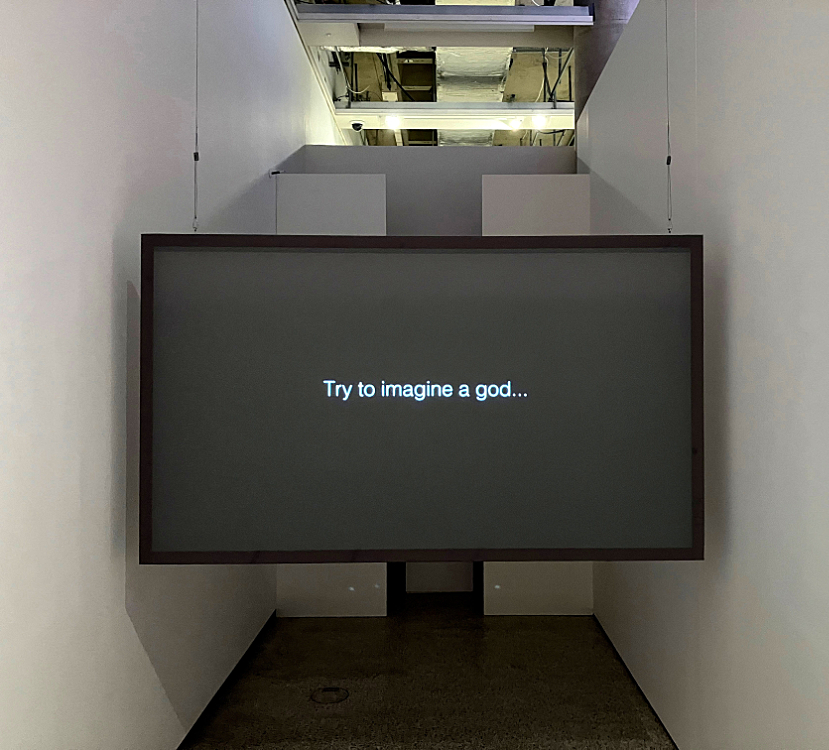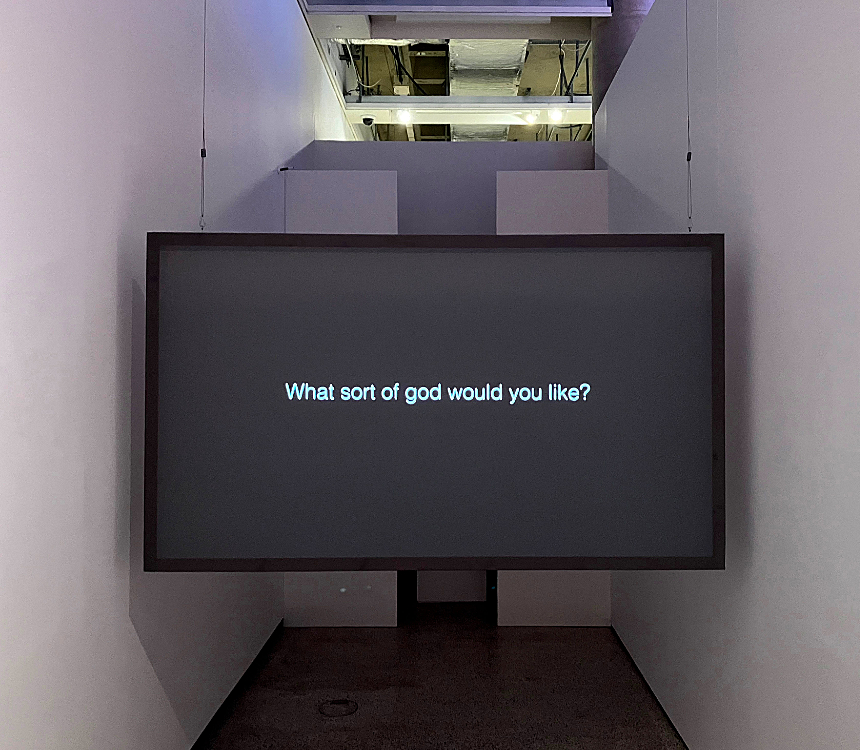Blog archive May 2024
27.05.24 / 01 / notes on sustainability
During Clerkenwell Design Week I was a talking head on a Spacestor webinar about sustainability and longevity. Here are my preliminary notes gathering my thoughts on various aspects.
longevity and love:
if you love something you will keep it, care for it and repair it
do you love your desk?
if your employer says tomorrow we get rid of all the furniture and install new, do you cheer or say, please can i keep item x, item y, take it home?
[this also shows if people identify with the office culture expressed by the furniture]
love promotes longevity
give people stuff that they will love for a long time
acceptance of the worn and tired
knowing how to curate and refresh it
taking a pride in having old things - as a positive social value
longevity beats recycling
recycling is last option - wastes embodied carbon
simplicity:
a forty year technological revolution covered everything with CPU boxes, cables, monitors, keyboards, mice, desk phones, and more paper than ever before
furniture became complicated to cope
now that tide has receded
after a technological revolution
we can return to archetypes of table, chair
with the least adaptations to current use, to enable longevity
the simpler the better
not beholden to fixes for current issues
not requiring other parts of the same system to work
[manufacturers like you to buy into a system]
sourcing and manufacture:
sustainable means we can do something indefinitely without negative impacts
non-extractive - what we take out, we put back
new stuff:
circularity
localness - short chains (raw materials, manufacture, delivery)
quality - build-quality and aesthetic quality (which is not the same as luxury , glamour or fashion!!)
existing stuff:
how can we reuse it? (honouring the embodied carbon and original intentions for long life)
what are the challenges - condition, repair, aesthetic, operational?
what MUST we get rid of?
responsible disposal:
as complete items to other users
as raw materials for reuse or recycling
do an audit of the existing resources before starting design
treating it as the raw material for our work
how little do we have to change or add
not assuming a blank canvas that we can add some retained pieces to afterwards
fashion:
separate parts that are from parts that aren’t
maximise the parts that aren’t
make the parts that are, low environmental impact
resist false narratives of fashion that drive consumption
fashion robs things of their social value before their use value is exhausted
since it is social value that is being robbed we can choose differently
accept the dated
see the time specific nature of design as a positive quality
narratives:
The long-term part of sustainability comes after the design team have left
the client has to take the intentions forward, do the looking after, the change management, etc.
The narrative and policies have to be embedded in the culture of the client, not just as concerns of a few people who might leave.
Users need to understand and own the narrative
what has been provided and how to look after it to ensure that sustainability objectives are met
what behaviours are needed
Does the client have their own narrative?
What can we add to that?
What stories can we tell, that have worked for others, can we show them a path forward?
Does the client have in-house forums, or people with specific interests/expertise?
Does the client have existing policies that are widely understood?
How does the workforce take ownership?
So that it’s not just the business of a few technical people.
It becomes a normal system (as recycling waste has become normal).
A set of protocols that everyone understands.
No longer a novelty or challenge to how we do things.
07.05.24 / 02 / harry baker at the royal albert hall
So, the Poets' Revival at the Royal Albert Hall. The cream of the current generation of poets, not least Kae Tempest. And also Harry Baker.
Tempest a force of nature in performance as usual. They were incendiary a couple of years ago on the Greenbelt mainstage, and when the crowd roared for an encore they came out again and said:
"I don't do encores because I think they are manipulative. But I didn't want you to go away disappointed, so I came out to say thankyou."
And with that they had our hearts.
But Tempest was located mid-show. Harry closed it, after 500 years of hard-hitting Black history from George the Poet. So Harry had to lift the audience, but also honour the weight of all those who had spoken before. And he did. He landed his jokes and his serious moments. He had the audience from the start, he owned the room (what a room). I was deeply moved.
Of course he's a seasoned performer now, but we had worried about the venue and the occasion getting to him. No need. We need never worry about Harry and an audience again. Vegas beckons...
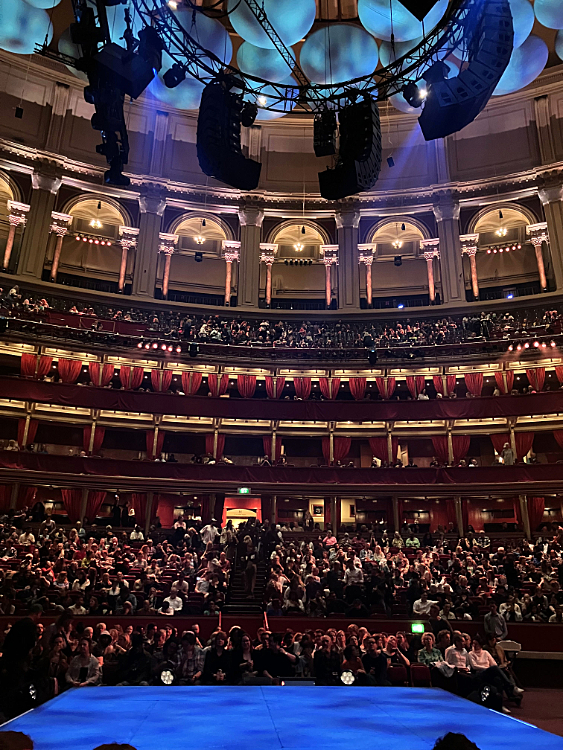
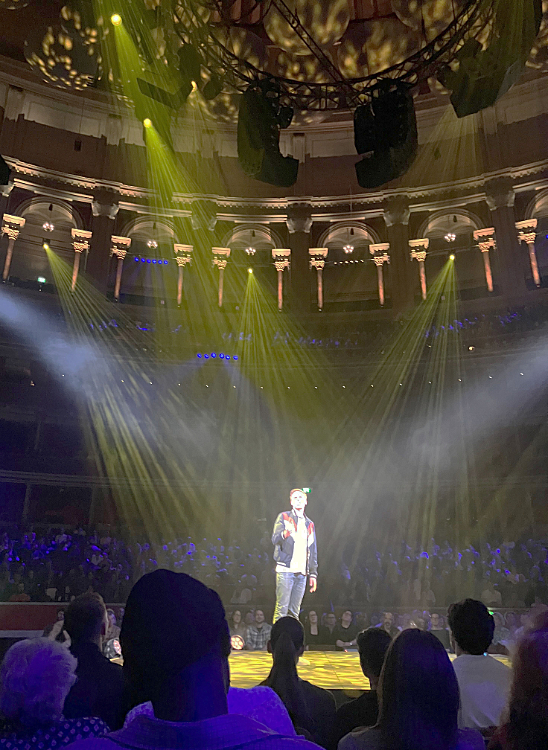


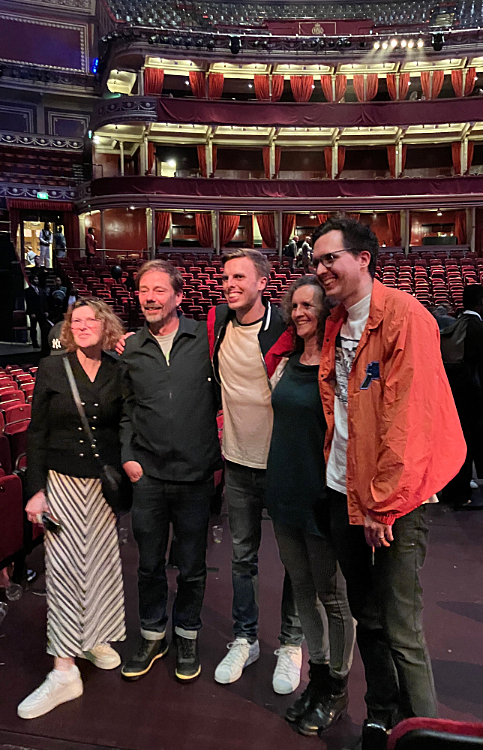
Above: The stage was in the round; Harry on it; L-R Kae Tempest, Toby Campion, Sophia Thakur, Lionheart, Momtaza Mehri, Theresa Lola, Suli Breaks, Harry Baker, George the Poet; the happy Baker family.
07.05.24 / 01 / enzo mari
I didn’t have high hopes for the Enzo Mari exhibition at the Design Museum, but it turns out to be very thought-provoking. Mari was an Italian designer who had a fairly typical career trajectory for his generation - start in the 1950s as an artist, become a product designer, become a theoretician and teacher. But Mari was a committed Marxist and worked with a sharper critique and social conscience than most of his contemporaries.
His art phase is intriguing - programmatic, which is to say that the art is algorithmic and could be produced by a computer, except such was not accessible to him at the time. It’s the visual equivalent of early electronic music.
His books, toys and pictures for children, often developed with his first wife Iela, are his most familiar works. His ‘egg and chicken’ book in which a chicken makes an egg, and the egg makes a chicken etc, was rejected by a publisher as pornographic because it implied that chickens mated, even though Mari had intentionally omitted that part!
His furniture designs of the 60s tried to be basic and simple, for ordinary people, in contrast to the ’supersensualism’ of his Italian contemporaries. This often didn’t work out in commercial terms - he found that people preferred ‘aspirational’ designs to ‘functional’ ones.
The Glifo modular bookcase had an integral joint system along the edges of the panels, requiring no additional pieces or tools for self-assembly. However, the joints collected dirt that was almost uncleanable. There was also the problem of yellowing plastic which afflicts all the plastic items of this era. Items that could last indefinitely were soon thrown out as they became unsightly. They are all still out there somewhere.
The sad thing is that the designers meant well. They were trying to create low-cost long-life items for everyone, all the ordinary people who hadn’t had access to stylish and durable goods before, and injection plastics seemed a good way to do it. And then it went yellow, or surfaces became marked and dirty in ways that couldn’t be cleaned or repaired.
In a sense, Autoprogettazione (‘Self-design’) was the critical response to these problems. Autoprogettazione was a set of mail-order instructions for making your own furniture using simple carpentry techniques. No furniture was sold, not even as self-assembly kits. You had to buy your own materials and Do It Yourself.
Mari’s primary intention was to reduce alienation, in the Marxist sense, by changing people’s relationships to their goods. People have a different relationship to things they have made themselves. They become artisans rather than consumers. The ‘rustic’ aesthetic, though appealing, was not at all the point. One could after all paint or modify the furniture - it’s up to you, you have become a person who can make things!
Autoprogettazione enabled Mari to escape the trap of the anti-design movement (1968 onwards, Sottsass, Colombo, Mendini et al). The intention of anti-design was to critique or reject consumerism, but as a movement of Italian designers it always resulted in yet more chic consumer objects - it ended up as Memphis. Capitalism could not be critiqued by the production of objects, however provocative - it knows how to sell rebellion back to you.
Mari could assume in 1973 that ordinary people knew simple carpentry (sawing, drilling, screwing, nailing) and had some space to do it. At this time my father was making shelves and bookcases, my generation had woodwork lessons at school, and there were many articles in books and magazines showing how to make furniture. I doubt that this general knowledge still exists, in the age of Ikea. This really is alienation, when the things you could make are sold to you as consumer objects, so that you can no longer imagine making them or have the skills to do so, but can only buy what you are offered.
Some of the later stuff in the exhibition steps into alt.worship territory. People wonder where we get our ideas… or rather, it’s reinforcement and techniques.
